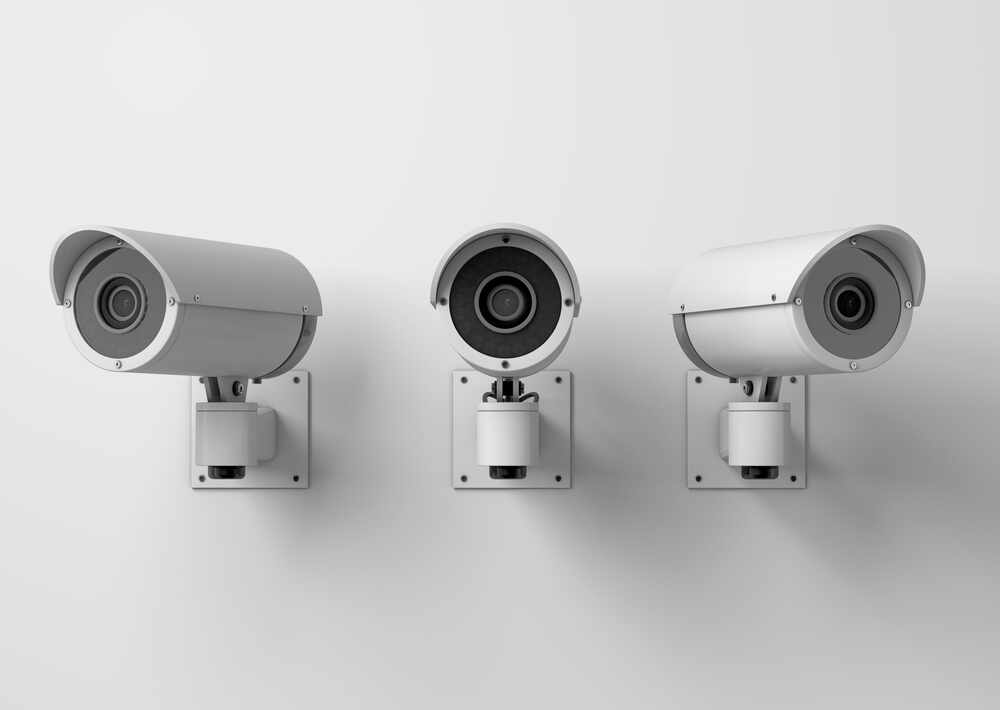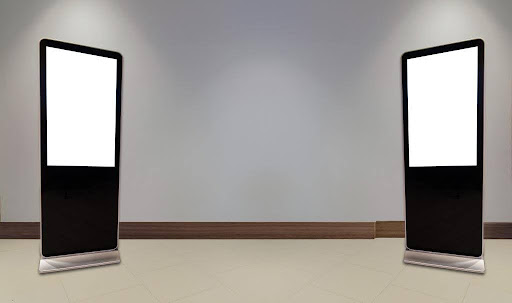If you are going to take the best outdoor CCTV camera, you need to about many Requirements. So that you can choose a perfect model for you.
This can be challenging to sift through the vast repositories of manufacturers’ cameras and specs to find the best camera for your use if you’re defending your homes or company.
Though camera prices are falling and increasing, it is critical to invest in a high-quality camera to help you achieve your objectives.
Determine your purpose for the camera:
Monitoring, classification, or identity are terms used to describe how something is detected, recognized, or identified.
A high-angle camera can be used to detect a human walking around a parking lot. A better focus, a better resolution CCTV camera, or an extra camera might be needed to recognize an individual defacing a vehicle.
Detection, especially face detection, becomes more difficult. To take a face shoot in most scenarios, you’ll need a special camera targeted at a known location where an individual could be. This will be an entrance door or a pedestrian route in some instances.
Night vision:
Most attacks occur at night, necessitating the use of night mode. One of two technologies has been used to take a photo: IR (infrared) or Senators (starlight technology). Ultraviolet illuminators (small red lighting circling the camera lens) are used in IR technology to create a dark-skinned image in the shadow.
The sens-up technique enables the camera’s screen size to create a color image in reduced situations. You’ll need an IR camera if you have a dark area at night of tall trees or an unlit hallway. To figure out how much IR power you’ll need in a sensor, multiply the range you want to have a complete image at nighttime by two.
Placement and vandalism:
Until selecting a camera, recognize its location and potential for damage. It’s safer to place a camera lower to get a decent angle for analysis and tracking. As a result, you should use a dome or turret camera, which is challenging to deface. Vandals are infamous for pushing bullet cameras out of sight.
Power Source:
Outdoor surveillance cameras come with a variety of energy sources. Plug-in electricity, battery capacity, and solar energy have been the essential options. I’m able to establish cable models from each of your top pick manufacturers.
Lengthy battery packs are used to operate corded outdoor cameras. Arlo, for example, a company that sold energy from the sun cameras. A cable was almost certainly used with a camera that used mains control. The best outdoor cameras with cables had secured cords to keep vandals at bay, as well as a rechargeable battery.
Resolution:
It’s pointless to get an exterior surveillance camera if you can’t tell who or what it’s focused on. A camera that records footage at 720p can generally provide a reasonably sharp image, but full – HD video provides more clarity but is the most common quality for these systems. It requires little disk space and can be seen on almost all smartphones, laptops, and PCs.
4K (High Definition) cameras are still usable, and you’ll need a significantly better network link to display it without choppy or latency. You’ll need a large storage capacity to hold stored footage, which could factor in costly data storage fees.
Choose to use a camera with a significantly longer range (viewing angle) and ensure it can record accurate motion detection video, regardless of quality. The majority of cameras use ultraviolet (IR) LEDs to provide night footage, but a handful uses bright flash to provide decent night clips. Look for a sensor that has a minimum motion detection capacity of 30 feet.
Motion and Sound Detection
When movement is sensed, almost all outdoor surveillance cameras have a motion detector that triggers the camera to capture footage. If activity is detected, the sensor will send a notification to your computer, and some will receive an email warning.
You were looking for a camera that has noise tracking to let you realize if anyone is around, even because they’re out of view of the camera lens and remote control. To stop warnings from growling, noisy traffic, and other unexpected sounds, you’ll also need to adjust the sound response options.
Unless the camera has such a microphone for noise track, it almost always has speakers and 2-way voice connectivity, allowing you to communicate with (and listen to) whatever is outdoors. This is helpful when combined with obnoxious solicitors and can even frighten away porch robbers and other unwelcome visitors.
Cameras Store
There are some options for storing recorded footage. Most cameras have free online storage for a short time (usually seven days) until it is duplicated or erased, while some require a fee.
You should upgrade to a 30-day package if you need more than a week’s inventory of clip space and don’t want to think about wasting valuable videos until you’ve had time to witness and download it.
Unless you’re worried about confidentiality and don’t want your footage stored, search for a camera that has an SD card slot, and you’ll save it offline. Just a few cameras allow you to save more footage to a USB or NAS disk. However, these tools are the exception.
If you’d rather be able to return to see what’s been going on in your home, look for a camera that has a CVR (Continuous Clear Effect) contract, which means the camera can film continuously and archive up to 30 days of footage in the database.
Pricing
The cost of outdoor surveillance cameras is typically higher than that of indoor surveillance cameras. Based on the configuration, they can cost anything from $50 to $500. There are also plenty of low-cost cameras with excellent video quality. Still, like any smart gadget, features like motion control, face recognition, wireless access, time-lapse capture, onboard and data drive options, and battery-powered battery capacity would cost more.





